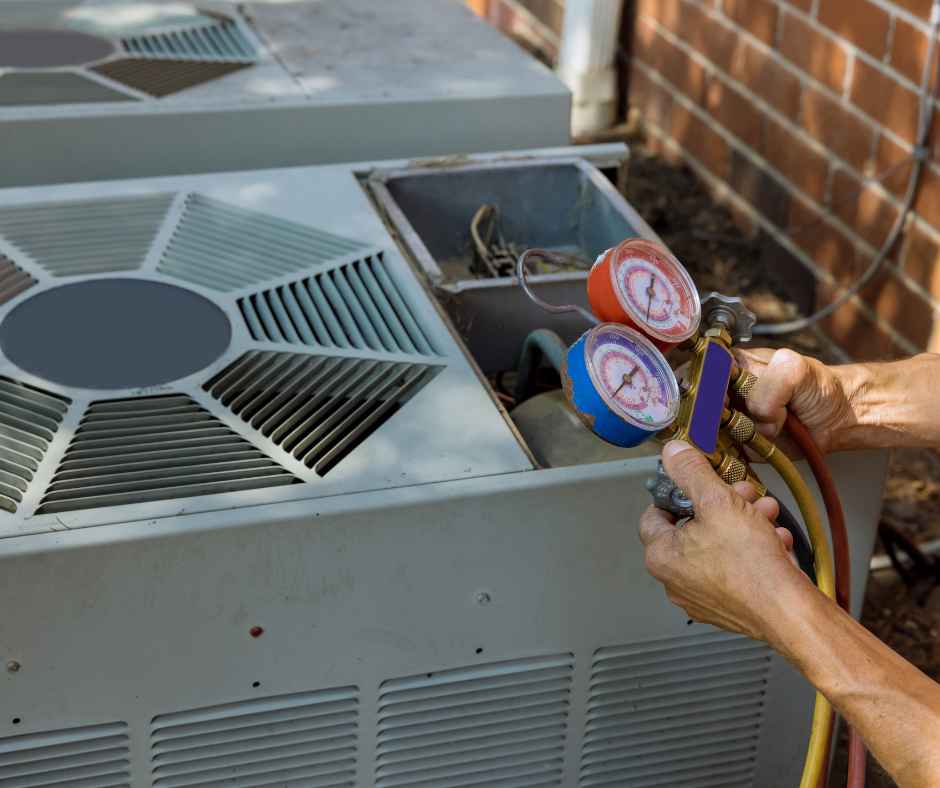Serving Douglas County & The Surrounding Areas

Common Furnace Problems and Fixes
Common Furnace Problems and Fixes
If your furnace starts acting up, it can be really frustrating. After all, you rely on your furnace to keep your home warm and comfortable during the colder months.
Waking up cold at night can be an absolute nightmare, especially if it’s more than just forgetting to bundle up. Your furnace may not deliver adequate warmth – and you don’t have to call an expert when that happens!
With some savvy DIY experience, you can troubleshoot and repair your heating system. Get ahead of any future issues by creating maintenance checklists, or take things one step further with our unique guide: Common Furnace Problems & Fixes. Tackling these is easier (and cheaper) than ever before!
Understanding how a conventional gas furnace works are crucial to keeping your home’s heating system up and running. Knowing the basics can help you identify potential problems before disaster strikes – or minimize them once they arise!
Consider this blog post your primer for getting cozy with common issues such as clogged air filters and strange noises emanating from those pipes. And don’t hesitate to call in an expert when tasks get too technical – safety first always wins out over DIY dollars saved!
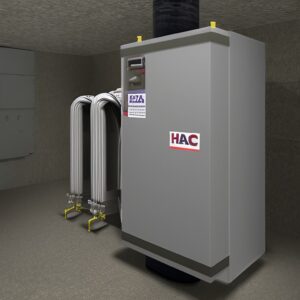
Common furnace problems
Problem: Check Your Thermostat to make sure it’s ON
Don’t be tempted to overlook the obvious – give your thermostat a quick check-up and ensure it isn’t set in “cool” mode. This simple step can save you from an unnecessary service call, as many homeowners have discovered!
Firstly, check the power source for your thermostat: batteries or wired in the electrical system. If on battery power, remember to switch out those old ones with new ones regularly – aim for once a year!
Also, ensure that dust hasn’t made its way into the unit over time; open up the case and give any found some gentle puffs of air.
And don’t forget programmable models need their date/time settings frequently checked, too (so they know when cooling & heating is required).
Lastly, we have one more surefire tip – ensure all breakers connected to the furnace are properly turned off and fuses safely monitored beforehand as well!
Problem: The furnace is Not Producing Heat
If your furnace isn’t giving off any heat, it might be time to check whether the home circuit breaker needs resetting. It’s a simple process that can help you get back in cozy warmth – no matter how chilly it is outside!
While there can be many causes, the first step is to verify that your thermostat settings are correctly set for heat. Next, try adjusting it up or down and see if you feel any difference – this will narrow down potential troubleshooting points significantly!
Additionally, ensure nothing has tripped or blown in the circuit breaker/fuse box; this could explain why no warm air is flowing through.
How to Test Home Breakers:
Head to your home’s breaker panel and visually identify the circuit that controls your furnace.
- Check if it is in the “Off” position or switched on.
- Try resetting the breaker manually by flipping back and forth, ensuring it stays firmly in its “On” setting.
If this doesn’t resolve anything, then you may have more severe wiring issues at hand – consider using a digital multimeter to take further steps toward diagnosis!
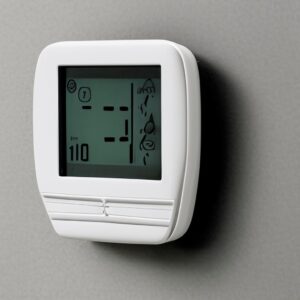
smart thermostat
Problem: The furnace is Not Producing Enough Heat
When your furnace is fighting to heat your home, ensure the air filter isn’t contributing to its struggle. It’s best practice – and often solves the problem – that filters are kept clean or replaced regularly for optimum performance!
Check and Change Your Clogged Filter
Furnace maintenance may seem complex, but the simplest tasks can make all the difference! For example, clogged filters are a frequent culprit for system failure – luckily, this easy chore is quick to remedy.
Keeping up with your furnace filter replacement is a small but mighty task. Though performing this simple service can significantly prolong the life of crucial HVAC components and promote better quality air within your home.
It’s time to inspect your furnace filter!
Where is it located?
Many furnaces have theirs in the intake, which may look like a grate on the floor, ceiling, or wall. Other times you can find these hard-working components inside the furnace itself.
Once you locate yours, try holding up to the light – if no beam shines through, then replacement is due! Additionally, please pay attention to any dusty smells from vents when the blower turns on, as this could also indicate its long overdue change-out.
When ready to install a new one, make sure power has been shut off and check the directional arrows marked onto the filter frame – they point where air should flow into the device, so orientation matters too towards optimal working performance downline!
By staying on top of your filter maintenance, you can keep the air flowing smoothly – plus save money. Clogged filters strain your HVAC system, forcing it to work overtime and creating an increased risk for premature shut-off overheating in the heat exchanger. So don’t let debris build those filters!
Problem: Safety Switch on Furnace Door
Safety first! Ensure your furnace is running optimally by regularly checking the door safety switch. This critical component ensures the fan and burner remain off while access paneling is removed, keeping you safe in all situations.
To protect against potential danger, furnaces are equipped with a built-in safety switch that engages only when the door is properly in place. This ensures optimal functionality and maximum protection for anyone interacting with the equipment.
Problem: Keep the Area Around Your Furnace Clean
Busy lives can make it easy to overlook areas of the home, like the basement. Clutter in this area can quickly accumulate, potentially leading to an unsightly or inefficient furnace environment. However, giving your furnace some TLC – such as decluttering from time to time to time will ensure optimal functionality and improved visual appeal!
Keep combustibles at bay – store flammable substances or materials far from your furnace. Even a slight crowding can lead to catastrophic fires and pose a massive threat to the safety of you, your home, and your loved ones.
Avoid disaster: don’t store items on or near your furnace, even if it seems convenient. Furnaces need room to breathe and operate safely – take steps today to prevent a potential crisis down the road!
Think of your furnace like an athlete: it needs regular maintenance and cleanliness to perform at peak capacity. Clean the area around your furnace periodically, as dust and lint can accumulate – creating a fire hazard and requiring more frequent filter replacement than average. Your investment is worth taking care of!
Problem: Look at the Burner Flames
Avoiding loss and damage caused by your burners is essential for a successful business. First, examine flames – are they bright blue and symmetrical? If not, it may be time to inspect them thoroughly, as contamination can lead to common malfunctions.
Avoid the dreaded yellow-hued burners: ensure a clean furnace before winter sets in! With just your vacuum cleaner and some precautionary steps, you can keep those nasty dust particles away from the burner area and your blower.
Poorly maintained burners can cause many furnace problems; even small amounts of soot or condensation build-up on the burner assembly could lead to severe damage. To avoid such issues, it’s recommended that you clean your burners annually and consider replacing them if they appear worn down.
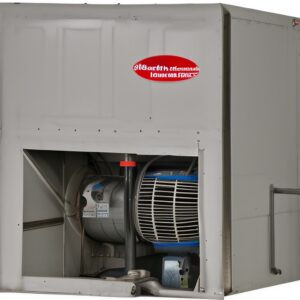
oil the furnace blower
Problem: Oil the Furnace Blower Once a Year
Cold winter days can be especially harsh without a working furnace, so ensure your heating system is tip-top before the long chill begins. The blower plays an integral role and draws heat from the furnace and circulates it throughout living spaces.
To maintain optimal performance and longevity of your equipment, keep all components lubricated – including that essential engine of warmth: the furnace blower!
It’s an essential duty: oiling your furnace blower motor. Follow our seven steps, and you’ll be on the way to a successful, smooth-running heating system!
- Turn off the power to the furnace blower motor and ensure it is no longer operational before beginning any oiling process.
- Wipe off the exterior of the blower motor with a clean cloth to remove any dirt or dust that accumulated over time.
- Locate the oil filling port on your blower motor (usually located near the top)
- Fill a hypodermic syringe with 5 ml of electric motor oil, gently insert it into the oil port and fill until you see a slight overflow.
- Wipe any excess oil from around the port with a clean cloth after the filling is complete.
- Reconnect power to your furnace blower motor and turn it on for a few minutes so that the newly added oil circulates throughout the unit evenly.
- Turn off the power to your blower motor again, and ensure all spills around your work area are cleaned up thoroughly before leaving for safety reasons.
The furnace blower motor is essential to ensuring your home’s heating system keeps up with demand. To ensure peak performance, it should be lubricated annually and checked for strange sounds when initially turned on.
Problem: Check Your Limit Switch
A faulty limit switch can have devastating consequences for the blower – continuous action will prematurely send it to its grave! So act fSo act and replace any errant switches before your device suffers an untimely end.
The high-limit switch is an essential piece of your furnace, as it ensures the temperature stays in a safe range. If this fails open due to malfunction or excess heat, then the flame/heating element will be shut off, and the blower will continue running until either resetting or replacing said switch occurs.
Make sure you know when replacement is necessary – after all, avoiding overheating keeps things more comfortable and helps protect from potential hazards!
Problem: Check Your Electric Ignition or Pilot Control
Modern gas furnaces can operate without a pilot light, relying instead on electronic control for consistent heating. This eliminates the hassle of maintaining an ongoing flame and gives homeowners greater flexibility in their climate choices.
Malfunctions in your home’s ignition system, like those that cause thermocouple problems on the furnace, can erode the capacity of the heater to keep your house warm.
Even something as simple as a draft or obstruction blocking air flow could suffocate your pilot light and put you at risk for a chilly winter night!
As technology advances more quickly, many new systems now rely on electricity rather than burning fuel for their ignitions.
Before attempting to fix your furnace, start by ensuring all safety procedures have been followed.
- Firstly, toggle the power switch off and on – this will help reset the ignition if necessary.
- Subsequently, turn off gas and electricity supplies before inspecting the heating element; it’s essential not to look directly at or touch any hot surfaces!
- Then with manufacturer instructions in hand, go through respective troubleshooting steps – keep an eye out for cracked/damaged parts, including the igniter, which should be replaced immediately upon detection, as continued operation without replacement may cause permanent damage to the system/property.
However, a professional opinion can’t hurt,, so don’t forget to check in with service personnel if you’ve exhausted self-help initiatives!
Problem: Heating or Rapid Cycling Problems
A poorly-performing furnace can be a nuisance, but determining the cause isn’t always straightforward. A dirty or worn-out air filter is often to blame, so replacing it – if you haven’t done so recently – may resolve your issue quickly and easily.
If not, something much more complex could lie in wait for your HVAC system; consider calling on an experienced professional to identify potential issues related to blower motor trouble or faulty belts that are beyond the scope of essential DIY maintenance.
Problem: Furnace Does Not Blow Air
Take a peak through the furnace’s inspection window. First, make First, make that nothing is blocking its blower fan, then check for an indicator light- either green or red, depending on your particular model.
Steady green means all systems go; if it flickers red, however, you’ll need to call in a service professional! If no light appears, make sure to inspect other components like the thermostat and control board as they could be indicative of these more complex issues.
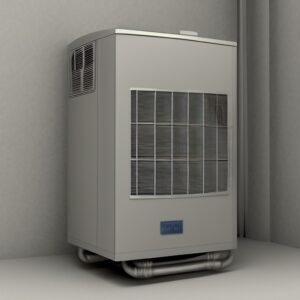
furnace problems
Problem: The gas Furnace Blower Runs Continuously
The blower efficiently dissipates warm air throughout your home, situated conveniently between the return ductwork and furnace. This powerful device pumps cooled air into a heat exchanger to be heated before being sent off through the plenum via supply ducts – providing you with complete comfort in no time.
A furnace that hums along even when you haven’t touched the thermostat could be more than a nuisance – it may signify an impending repair. Before seeking professional assistance, double-check your settings to ensure they’re not accidentally set on “continuous fan.”
If lowering or resetting the temperature doesn’t help, consider if there might be something wrong with the limit control switch; this component handles proper shut-off can require either manual adjustment or replacement by a specialist.
Problem: Noisy Furnace or Duct Work
Unusual noises in your home shouldn’t be ignored- they could be signs of an underlying issue. Listen out for rumbles, squeaks, and rattles that may point to a mechanical or air flow problem or a clogged burner.
If your furnace produces more sound than you’d like, it may be the air rushing through your ductwork. An easy solution? Insulate those ducts to reduce noise and make for a quieter home environment!
Unusual noises coming from your furnace system could signify more than one issue. For example, a misaligned pilot light, oil-starved blower motor, worn down belts, and a faulty burner can all contribute to the sound of discord – so don’t wait until it’s too late: get an expert in right away!
Problem: Check Your Vents
To help maintain a comfortable interior temperature, take the time to do an in-depth tour of your house and check for any blockages around vents. An unchecked piece of furniture or drapery may unknowingly impair air circulation throughout the home.
Problem: Flame Sensor Needs Cleaning
Gas heating equipment relies on flame sensors to ensure a safe and efficient fuel burning. To keep your furnace working optimally, clean the sensor regularly; neglecting this critical step may lead to suboptimal functioning.
The flame sensor, usually a rod-shaped device, is strategically placed at the back of your furnace; it sits right next to where the burner ignites.
- Turn off the power to your furnace before beginning any cleaning process.
- Remove the flame sensor from its mount on the combustion chamber by unscrewing it with a Phillips screwdriver (if necessary).
- Wipe the outside of the flame sensor and its exposed electrical connections with a clean cloth, removing any accumulated dirt or debris.
- Use an emery cloth to gently rub away any excess rust or scale build up may have occurred on the metal surface over time.
- Reconnect the flame sensor securely to its mount after cleaning is complete, and re-tighten with a Phillips screwdriver if needed.
- Reconnect power to your furnace and turn it on for a few minutes so the newly cleaned part can operate correctly and efficiently.
- Turn off the power to your furnace and ensure all spills in your work area are cleaned up thoroughly before leaving for safety reasons.
Over time, a neglected flame sensor can suffer from oxidation or carbon build up hinders its ability to work correctly and could lead to a furnace failure. Regular maintenance is needed for an efficient system!
When your furnace is not performing as it should, an experienced technician can detect the root cause with a micro-amp draw reading. If dirt build up flame sensor is identified as the culprit, steel wool will be used to remove any grime quickly – and if successful, you’ll see an upswing in performance readings. Should the issue persist, further diagnostic measures may need to be undertaken for complete repair success?
Problem: Inspect the Gas Line
Before checking any other components of your furnace, take a moment to review the entire gas line. Start at its main inlet and ensure there are no closed switches or obstructions hindering fuel flow from reaching the burners.
Don’t forget also to inspect that hot water is flowing – if not, this could indicate a problem with house-wide gas supply lines being set off.
Last but certainly not least, look for an active pilot light; sometimes it can inadvertently go out during periods of disuse, so you should know how to re-light it as per instructions printed near the unit exterior (if this fails several times, then professional help will be required).
Problem: Smelling Gas – Caution
A gas leak can be both a dangerous and costly ordeal. If you detect the odor of gas in your home, don’t delay – evacuate immediately and contact your local utility company to ensure safety for yourself and your loved ones and ensure that everything runs smoothly!
Your utility company can help assess severe safety concerns and determine your furnace’s ability to operate at peak efficiency.
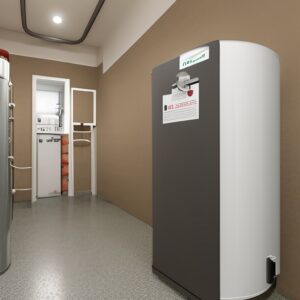
clean mechanical room
Problem: Clean Debris from the System and Vents
Ensure proper ventilation for your furnace by replacing any screen mesh on the intake or exhaust pipes with 1/2 inch.-mesh hardware cloth. Blocked airflow can cause costly malfunctions and premature wear, so make sure nothing obstructs either pipe’s stream!
If you find yourself dealing with frozen pipes, don’t just brush it off – there’s likely a more significant issue in your system. InsInstead, cleartead, clearice and call an expert to investigate – taking action now could save time, money, and stress down the road!
To ensure a productive heating season, properly prepare your heat pump by clearing the surrounding grass area and other debris. A gentle hose cleaning from top to bottom will help rid the outdoor compressor unit’s housing of dirt and dust that could otherwise hinder its performance.
Problem: Know the Age of Your Furnace
Your heating system might seem ageless, but even the most resilient furnaces have a lifespan.
If your heater has gone past its manufacturer’s warranty period, it may not be performing at total capacity – meaning you could be paying for less-than-optimal warmth in return!
Conclusion
In conclusion, following the tips in this article should help you identify and solve the most common furnace problems, at least for the time being. Although attempting do-it-yourself repairs can be satisfying and cost-effective, it is vital to ensure that you have the skills before starting any work on your furnace. If not, calling a furnace repair professional might be necessary.
Ultimately, regular maintenance and tune-ups for your HVAC system are essential for keeping it running properly all season long. Don’t wait until it’s too late! Stay proactive with preventative maintenance services and inspections at least once a year; it could save you time and money in the long run.
Recent News

Snow, Freeze & Thaw: How Colorado Winters Stress Your Plumbing
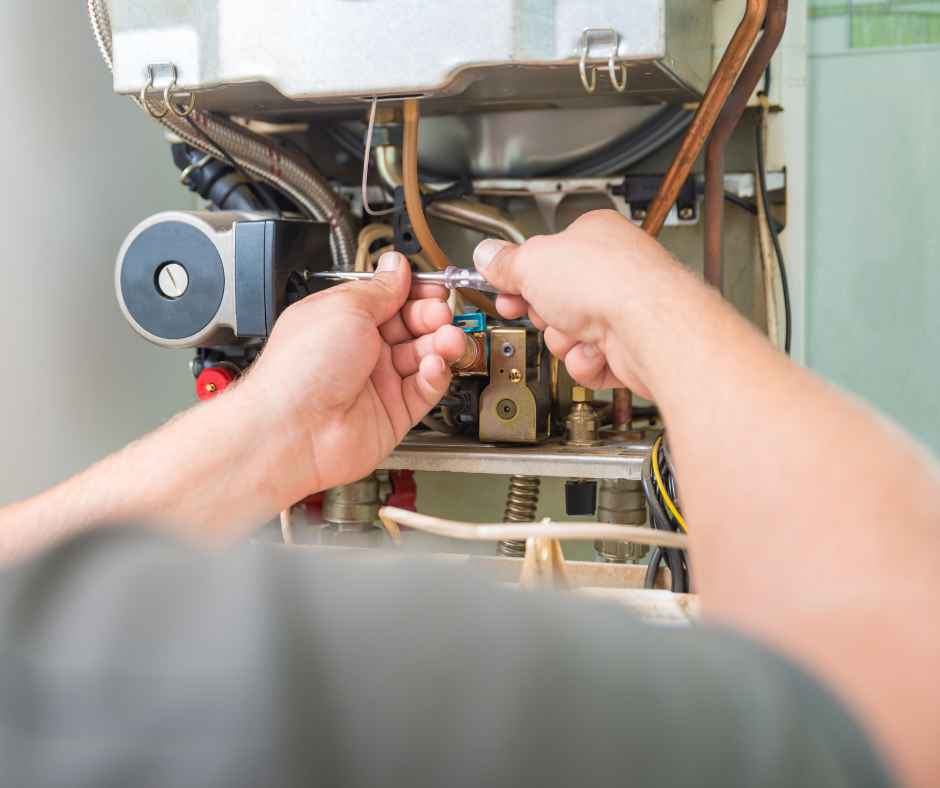
Emergency Heating Repairs: What to Do If Your Furnace Fails During a Colorado Snowstorm
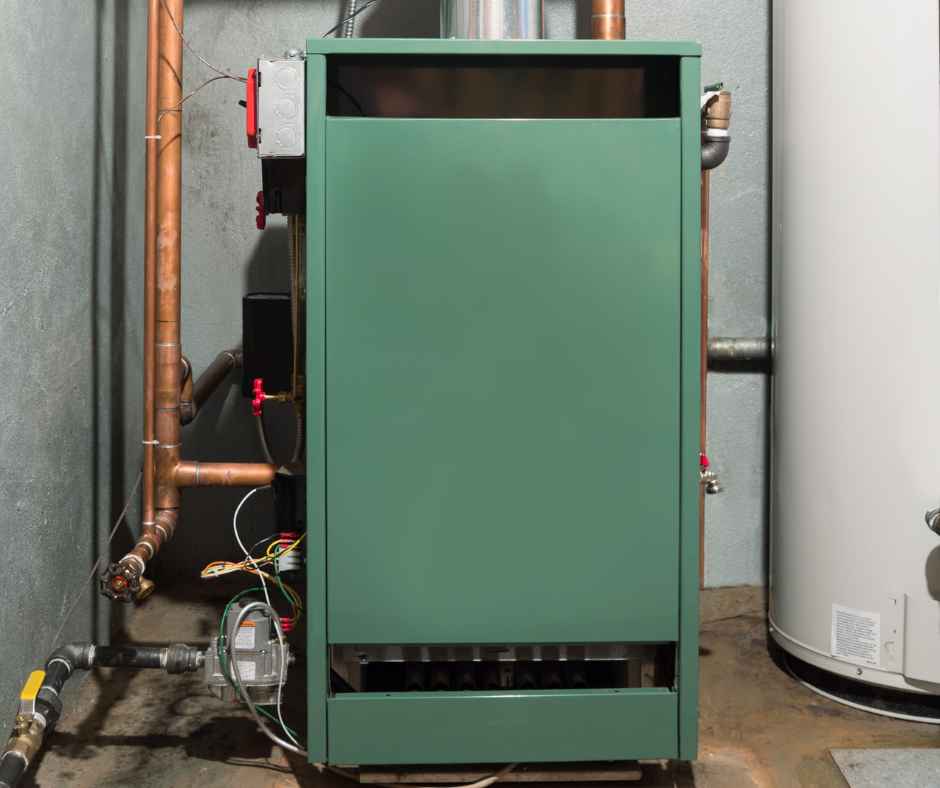
Comparing Heating Options for Colorado Homes: Furnace vs. Boiler vs. Heat Pump
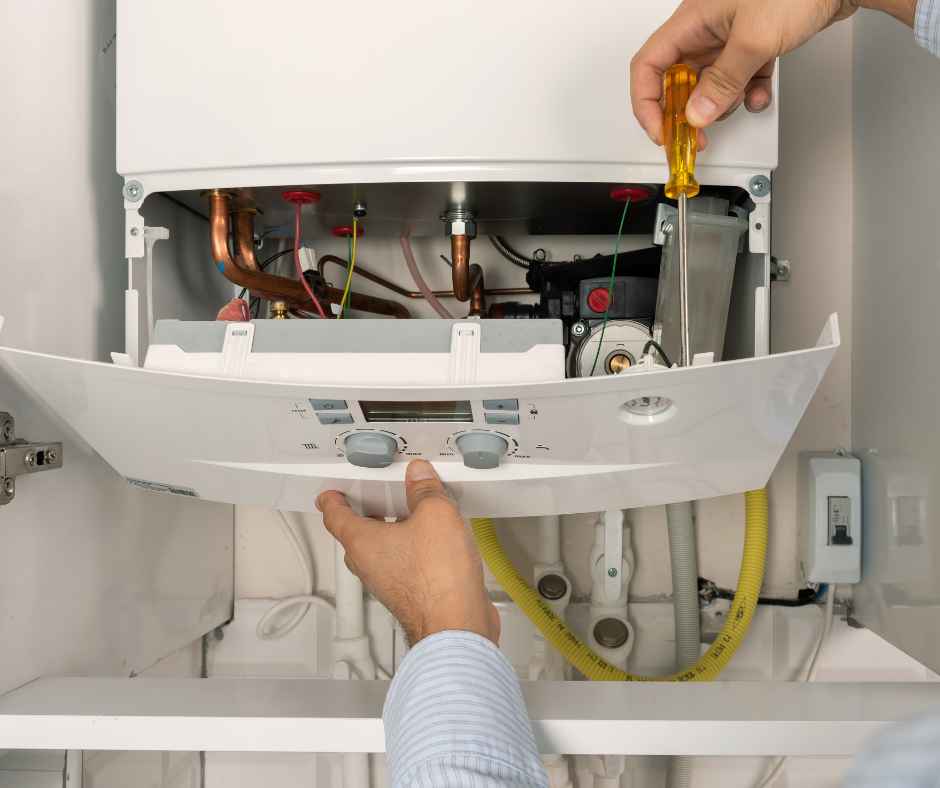
The Ultimate Fall & Winter Boiler & HVAC Maintenance Checklist for Castle Rock Homes
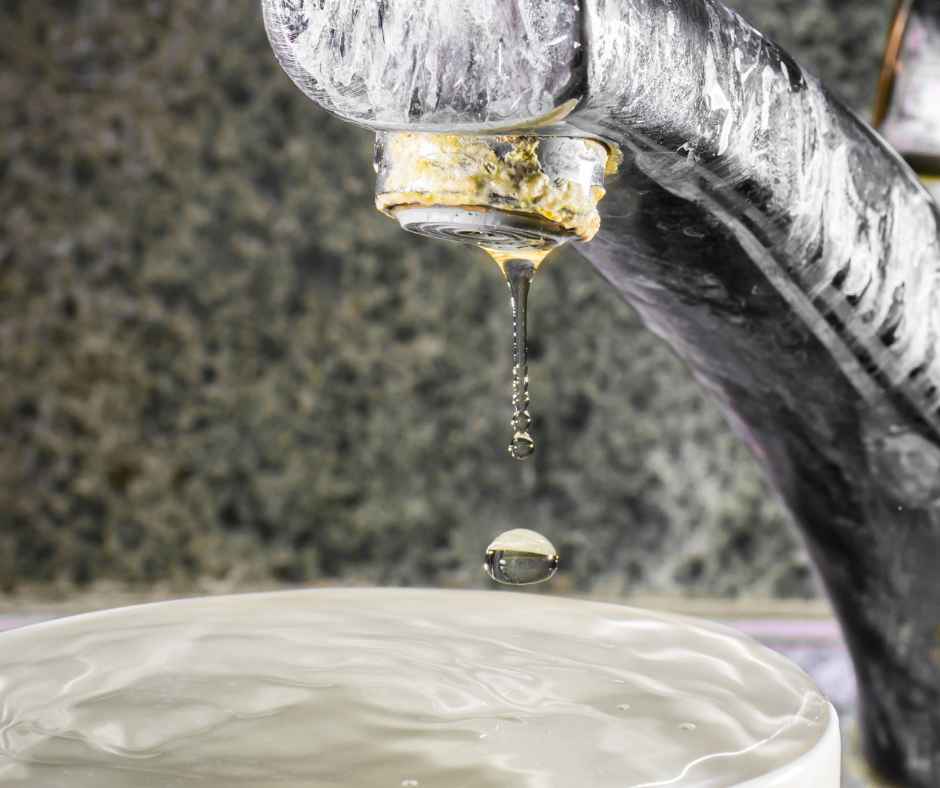
How to Choose the Right Water Filtration System for Colorado’s Hard Water
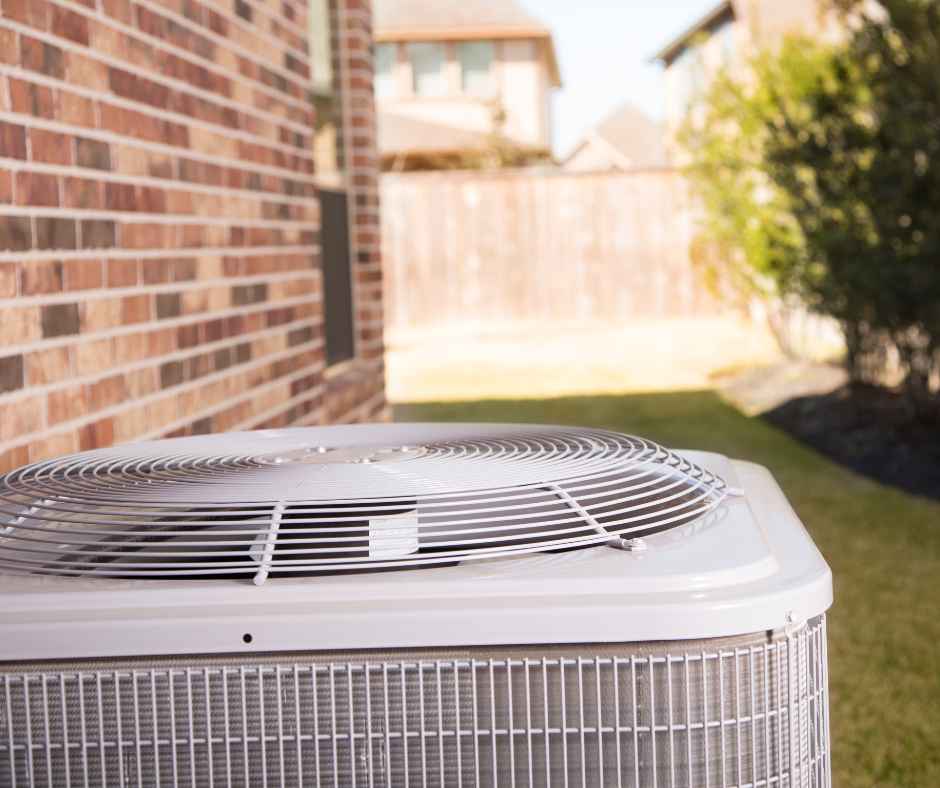
Maximizing AC Efficiency in High Altitude: Denver’s Summer Cooling Guide
